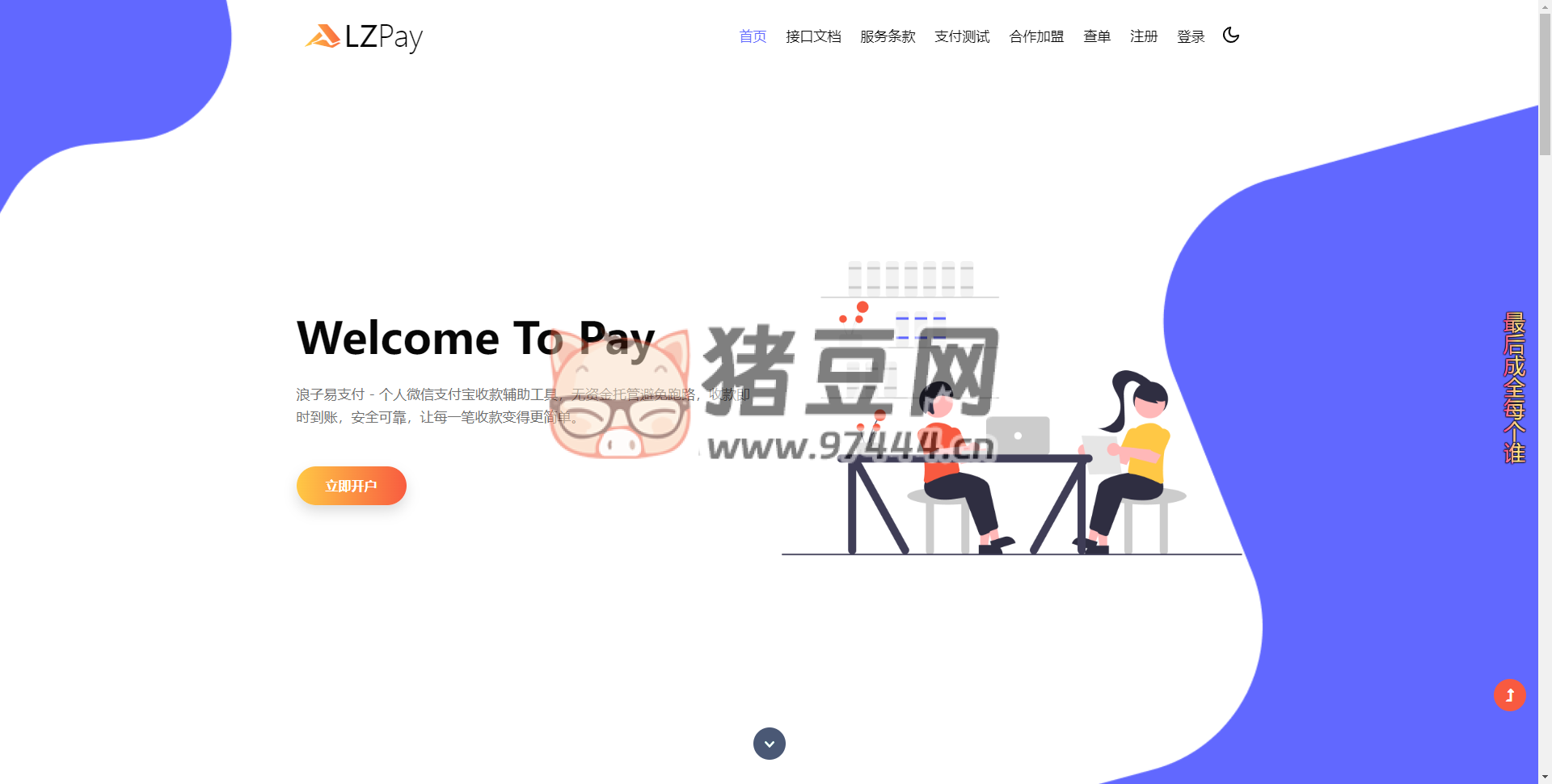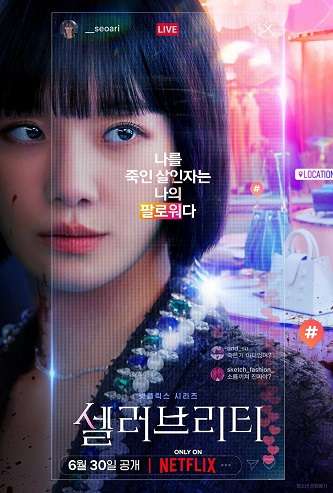
内容简介
Sometimes designed objects reject their users: a computer mouse that doesn't work for left-handed people, for example, or a touch screen payment system that only works for people who read English phrases, have 20/20 vision, and use a credit card. Something as simple as color choices can render a product unusable for millions. These mismatches are the building blocks of exclusion. In Mismatch, Kat Holmes describes how design can lead to exclusion, and how design can also remedy exclusion. Inclusive design methods―designing objects with rather than for excluded users―can create elegant solutions that work well and benefit all.
Holmes tells stories of pioneers of inclusive design, many of whom were drawn to work on inclusion because of their own experiences of exclusion. A gamer and designer who depends on voice recognition shows Holmes his “Wall of Exclusion,” which dis play s dozens of game controllers that require two hands to operate; an architect shares her firsthand knowledge of how design can f ai l communities, gleaned from growing up in Detroit's housing projects; an astronomer who began to lose her eyesight adapts a technique called “sonification” so she can “listen” to the stars.
Designing for inclusion is not a feel-good sideline. Holmes shows how inclusion can be a source of innovation and growth, especially for digital technologies. It can be a catalyst for creativity and a boost for the bottom line as a customer base expands. And each time we remedy a mismatched inter action , we create an opportunity for more people to contribute to society in meaningful ways.
◎著者
凯特·霍姆斯(Kat Holmes),被《快公司》评为 2017 年最具 创意 的 商业 人士之一,从 2014 年到2017年,她担任 微软 包容性 设计 的首席总监, 领导 微软的包容性 产品 创新 执行计划。目前她担任 谷歌 和赛富时的高管,致力于推动 世界 上最有影响力的 技术 的包容性发展。
◎译者
何盈,计算设计师、多媒体 艺术 家,毕业于纽约大学 电影 学院远程交互系,主攻 人工智能 与 数据 视觉化设计。现商汤 科技 设计专家,前纽约 银行 高级设计师、大都会艺术 博物馆 多媒体实验室研究员,曾作为 演讲 嘉宾出席 硅谷 开放数据 科学 论坛、纽约数据视觉化峰会。
下载地址
本站夸克网盘精选资源合集:https://pan.quark.cn/s/936c760dd840



















评论列表
发表评论